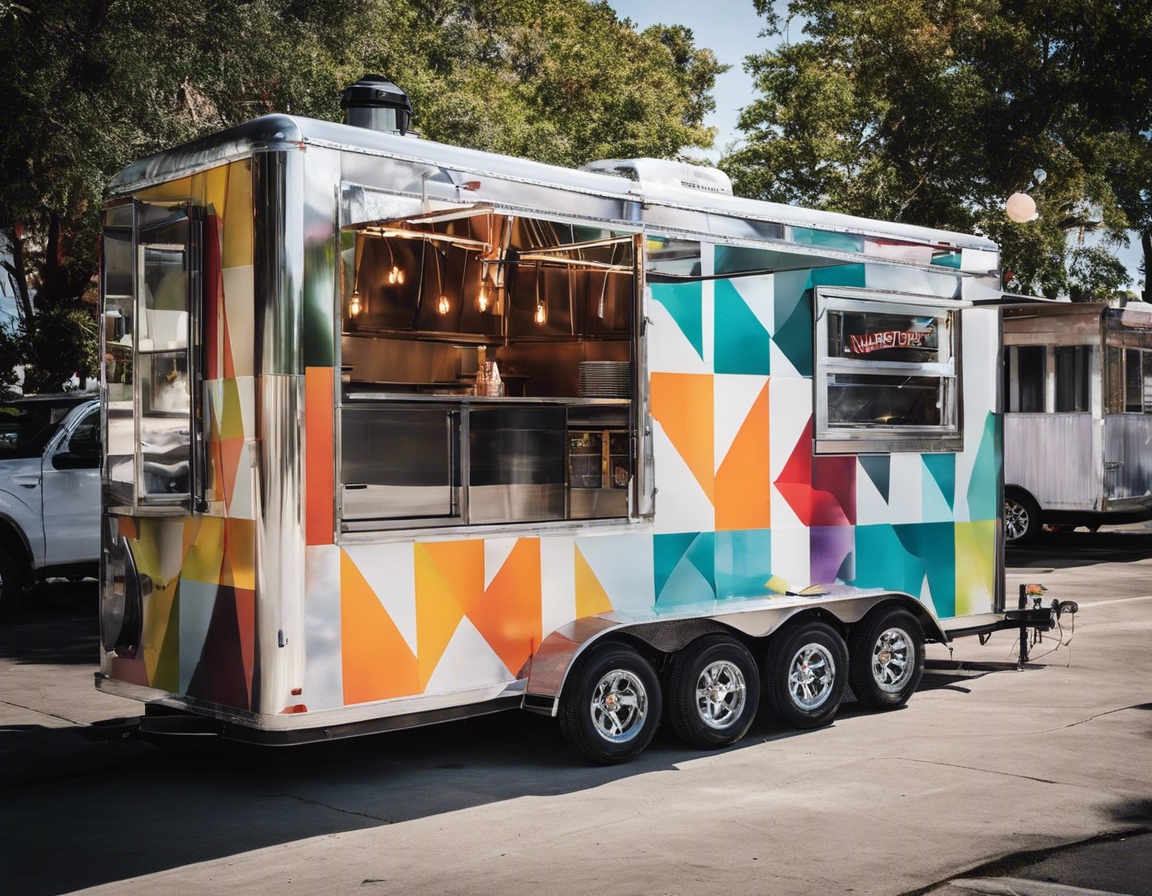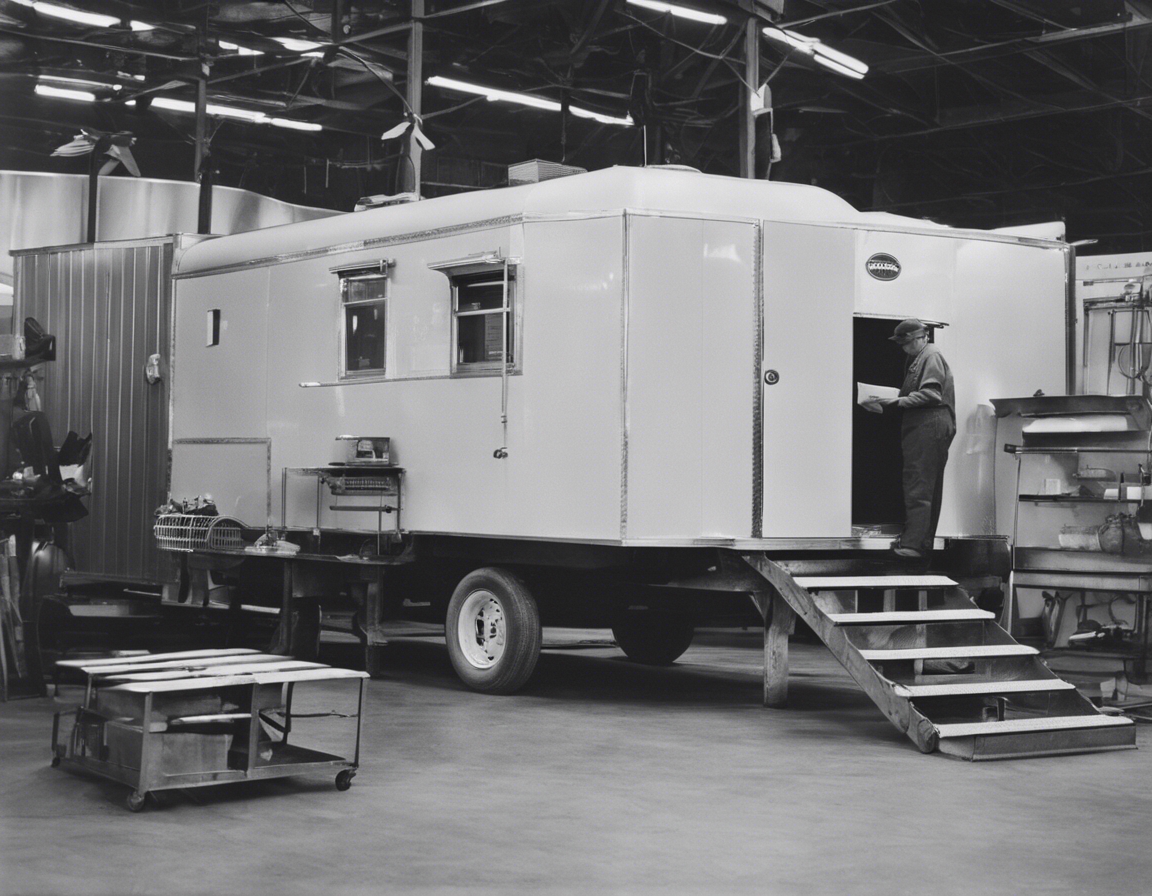How to maximize your menu in a compact kitchen space
Compact kitchens present unique challenges to culinary entrepreneurs. Limited space demands creativity and strategic planning to ensure that every inch is utilized effectively. The constraints of a smaller footprint can impact menu diversity, preparation speed, and ultimately, customer satisfaction.
A well-planned menu is the cornerstone of a successful compact kitchen. It should align with your brand, meet customer expectations, and be executable within the spatial limitations of your mobile setup.
Strategies for Menu Maximization
Choosing ingredients and menu items that can be used in multiple dishes reduces the need for extensive inventory and storage space. This approach not only simplifies operations but also minimizes waste.
Modular menu components allow for easy customization and adaptation to customer preferences without the need for additional space or equipment. This can lead to a more dynamic and engaging customer experience.
Design your menu to include items that can be prepared quickly and with minimal steps. This efficiency is crucial in a compact kitchen where time and space are at a premium.
Equipment Essentials for a Compact Kitchen
Invest in appliances that serve multiple purposes. A griddle that can also act as a stove top, for example, maximizes functionality without occupying additional space.
Utilize innovative storage solutions that take advantage of unused space, such as hanging racks, magnetic strips for knives, and under-counter compartments.
High-quality equipment that is designed for compact spaces can be a game-changer. FOODTRAILER OÜ specializes in providing such solutions that cater to the unique needs of mobile kitchens.
Designing Your Compact Kitchen Layout
Maximize vertical space with shelving and stackable equipment. This strategy can dramatically increase your storage and preparation areas without expanding your footprint.
An efficient workflow is essential in a compact kitchen. Arrange your space to minimize movement and ensure that everything is within easy reach during service.
Your kitchen layout should be flexible enough to adapt to changes in your menu or service style. Modular equipment and furnishings can provide the necessary adaptability.
Menu Engineering for Small Spaces
A cohesive menu that tells a story can captivate your customers and make your offerings memorable. Ensure that each item complements the others and fits the theme of your brand.
Embrace seasonal ingredients to keep your menu fresh and exciting. Rotational menus can also provide variety without the need for additional space.
Cross-utilizing ingredients across different menu items is an effective way to maximize your offerings while keeping inventory under control. This approach also simplifies prep work and reduces the risk of ingredient spoilage.






Comments (0)